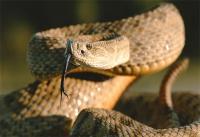Last week, we covered different types of personal protective equipment and the applications for each. With all of the technological advances and machinery used in today’s world, understanding and using proper PPE is more important than ever before.
In determining the proper PPE for industries, a walk-through survey should be done by employers to develop an organized safety program. Both workplace physical and health hazards must be analyzed. Employers then would determine what types of PPE would be needed. It is suggested that a higher level of protection than the minimum be chosen to ensure employees are protected from hazards. Written certification is required which includes the Hazard Assessment Date, Company Identification, and Name of the Document.
Personal Protective Equipment is available to protect you from such hazards as:
¨ Chemicals – Coveralls, Gloves, Face Shields, Goggles
¨ Heat/Cold- Gloves, Earmuffs,
¨ Biologic (blood, infected materials)-Lab Coats, Disposable Gloves, Coveralls
¨ Light Radiation-Safety Glasses, Goggles, Welding Hoods
¨ Harmful Dust-Respirators, Goggles, Side shields
¨ Sharp Objects-Cut Resistant Gloves
¨ Falling Objects-Hard Hats
Take the time to determine what hazards are present in your particular situation. Once determined, take the steps to supply yourself and your employees with the needed equipment.
Source:
OSHA

